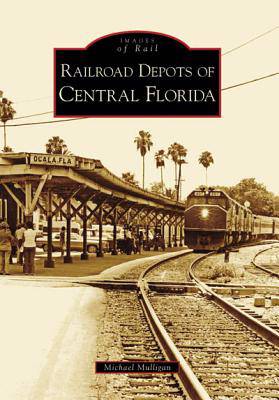
- Afhalen na 1 uur in een winkel met voorraad
- Gratis thuislevering in België vanaf € 30
- Ruim aanbod met 7 miljoen producten
- Afhalen na 1 uur in een winkel met voorraad
- Gratis thuislevering in België vanaf € 30
- Ruim aanbod met 7 miljoen producten
Zoeken
€ 34,95
+ 69 punten
Uitvoering
Omschrijving
Railroads have served the northern counties of Central Florida since before the Civil War. Following the war, railroads expanded down the peninsula to bring transportation services to even more people and places throughout the region. By 1929, the railroad network in the state had reached its peak, with some communities being served by two or more railroad lines. Trains provided the means for growth and development, and the local depot was the focal point of every town throughout Florida's central region. Stretching across the middle section of the peninsula from coast to coast, the Central Florida area includes Levy, Gilchrist, Alachua, Putnam, and Volusia Counties to the north, while the counties of Sarasota, Desoto, Highland, Osceola, and Brevard define the southern boundary. Featuring depots of the Atlantic Coast Line, Seaboard Air Line, Florida East Coast, and their predecessor railroads, the photographs used by the author were obtained from local historical groups, the Florida State Archives, and private collections.
Specificaties
Betrokkenen
- Auteur(s):
- Uitgeverij:
Inhoud
- Aantal bladzijden:
- 128
- Taal:
- Engels
- Reeks:
Eigenschappen
- Productcode (EAN):
- 9780738553900
- Verschijningsdatum:
- 18/08/2008
- Uitvoering:
- Paperback
- Formaat:
- Trade paperback (VS)
- Afmetingen:
- 166 mm x 234 mm
- Gewicht:
- 322 g

Alleen bij Standaard Boekhandel
+ 69 punten op je klantenkaart van Standaard Boekhandel
Beoordelingen
We publiceren alleen reviews die voldoen aan de voorwaarden voor reviews. Bekijk onze voorwaarden voor reviews.











